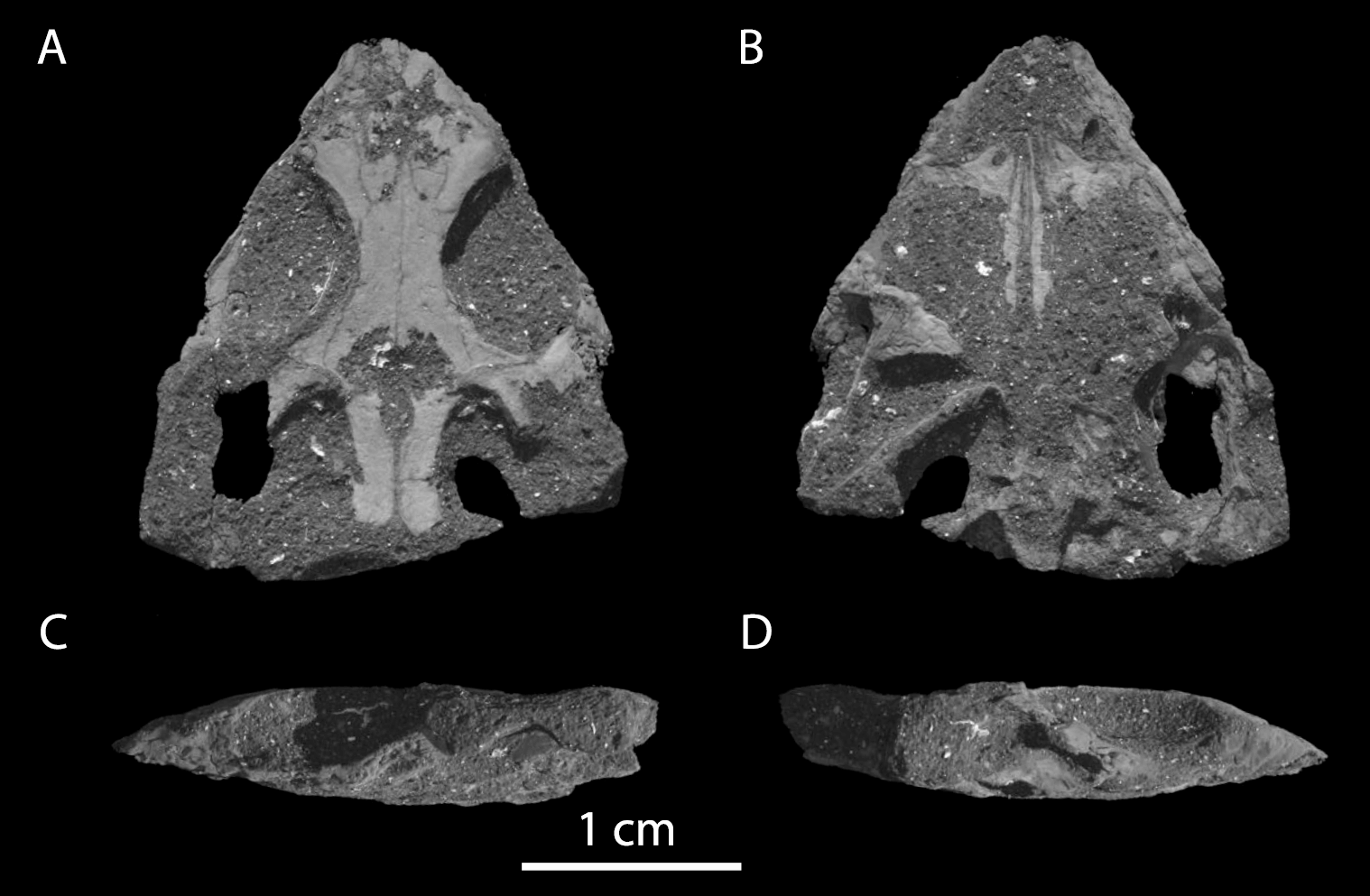|
Rhynchosaurid
Rhynchosaurs are a group of extinct herbivorous Triassic archosauromorph reptiles, belonging to the order Rhynchosauria. Members of the group are distinguished by their triangular skulls and elongated, beak like premaxillary bones. Rhynchosaurs first appeared in the Middle Triassic or possibly the Early Triassic, before becoming abundant and globally distributed during the Carnian stage of the Late Triassic. Description Rhynchosaurs were herbivores, and at times abundant (in some fossil localities accounting for 40 to 60% of specimens found), with stocky bodies and a powerful beak. Early primitive forms, like ''Mesosuchus'' and '' Howesia'', were generally small and more typically lizard-like in build, and had skulls rather similar to the early diapsid ''Youngina'', except for the beak and a few other features. Later and more advanced genera grew to medium to medium large size, up to two meters in length. The skull in these forms were short, broad, and triangular, becoming muc ... [...More Info...] [...Related Items...] OR: [Wikipedia] [Google] [Baidu] |
Eohyosaurus
''Eohyosaurus'' is an extinct genus of basal rhynchosaur known from the early Middle Triassic (early Anisian stage) Burgersdorp Formation of Free State, South Africa. It contains a single species, ''Eohyosaurus wolvaardti''. Discovery ''Eohyosaurus'' is known solely from the holotype SAM-PK-K10159, a partial skull missing the front end, with associated incomplete lower jaws currently housed at the Iziko South African Museum, Cape Town. The specimen was discovered by Frederik Petrus Wolvaardt in December 2000, loose on boulder-strewn slopes at the base of a cliff, at Farm Lemoenfontein 44, Rouxville District of the Free State Province. It was collected from the middle deposits of the Burgersdorp Formation of Beaufort Group. This horizon belongs to Subzone B of the ''Cynognathus'' Assemblage Zone, dating to the early Anisian stage of the early Middle Triassic period, about 246 million years ago. Farm Lemoenfontein 44 also yielded remains of the archosauriform ''Erythrosuchus ... [...More Info...] [...Related Items...] OR: [Wikipedia] [Google] [Baidu] |
Stenaulorhynchus
''Stenaulorhynchus'' (possibly meaning "narrow tube beak") is an extinct genus of hyperodapedontid rhynchosaur known from the Middle Triassic (late Anisian stage) deposits of Tanganyika Territory, Tanzania. It was found in the Lifua Member of the Manda Formation in the Karoo Supergroup. It was named and first described by Sidney Henry Haughton in 1932. The type species is ''Stenaulorhynchus stockleyi'', a beaked herbivore measuring 1–6 meters in length. Description Dentition The teeth of ''Stenaulorhynchus'' were conical, pointed, and composed mostly of dentine, although new unworn teeth may have had a thin layer of enamel. They were set deeply into and fused with the jaw bones. They are arranged with two-to-several rows of teeth on top and only a few on bottom. The middle row of maxillary teeth only occupied the posterior third of the jaw while the other rows extended all the way forwards and sometimes down the crest of the jaw. The teeth at the front of the mouth, by th ... [...More Info...] [...Related Items...] OR: [Wikipedia] [Google] [Baidu] |
Langeronyx
''Langeronyx'' is an extinct genus of basal rhynchosaurid known from the early Middle Triassic (Anisian stage) Bromsgrove Sandstone Formation of Warwickshire, UK. It contains a single species, ''Langeronyx brodiei'', originally included in the genus ''Rhynchosaurus''. ''R. brodiei'' was first described and named by Michael Benton in 1990, but its redescription by Martín D. Ezcurra, Felipe Montefeltro and Richard J. Butler in 2016 recovered it as more closely related to the more advance hyperodapedontine than to the type species of ''Rhynchosaurus'' and thus it was moved to its own genus. The generic name ''Langeronyx'' honors the Brazilian paleontologist Max Cardoso Langer in recognition of his rhynchosaur research, combined with the Greek ''onyx'' (''óνυξ'') meaning "claw", a common suffix for rhynchosaur genera. ''L. brodiei'' is known solely from the holotype, a partial skull divided into the two specimenWARMS G6097/1and NHMUK PV R8495, housed in the Warwickshire Mu ... [...More Info...] [...Related Items...] OR: [Wikipedia] [Google] [Baidu] |
Fodonyx
''Fodonyx'' (meaning "digging claw") is an extinct genus of rhynchosaur from the middle Triassic epoch of Devon in England. Its fossils (25 specimens) were discovered in Otter Sandstone Formation (late Anisian age) and were first assigned to '' Rhynchosaurus spenceri''. This species was reassigned to its own genus, ''Fodonyx'' (the type and only species is ''Fodonyx spenceri'') the holotype of which iEXEMS 60/1985/292, that described by David W. E. Hone and Michael J. Benton in 2008. More recently, one skull was reassigned to the new genus ''Bentonyx''. It is distinguished from other rhynchosaurs by a single autapomorphy, the ventral angling of the paraoccipital processes. In all other rhynchosaurs these processes angle dorsally or are horizontal. It is not known if this conferred any advantage to ''Fodonyx. Fodonyx'' was between 40 and 50 cm long. Features Skull and lower jaw The two premaxillae are very long and run up over the snout to meet the prefrontals at the or ... [...More Info...] [...Related Items...] OR: [Wikipedia] [Google] [Baidu] |
Colobops
''Colobops'' is a genus of reptile from the Late Triassic of Connecticut. Only known from a tiny skull (estimated total length of 2.8 centimeters or 1.1 inches long), this reptile has been interpreted to possess skull attachments for very strong jaw muscles. This may have given it a very strong bite, despite its small size. However, under some interpretations of the CT scan data, ''Colobopss bite force may not have been unusual compared to other reptiles. The generic name, ''Colobops'', is a combination of ''κολοβός'' (''kolobós''), meaning shortened, and ''ὤψ (ṓps),'' meaning face. This translation, "shortened face", refers to its short and triangular skull. ''Colobops'' is known from a single species, ''Colobops noviportensis''. The specific name, ''noviportensis'', is a latinization of New Haven, the name of both the geological setting of its discovery (the New Haven Arkose) as well as a nearby large city. The phylogenetic relations of ''Colobops'' are controver ... [...More Info...] [...Related Items...] OR: [Wikipedia] [Google] [Baidu] |
